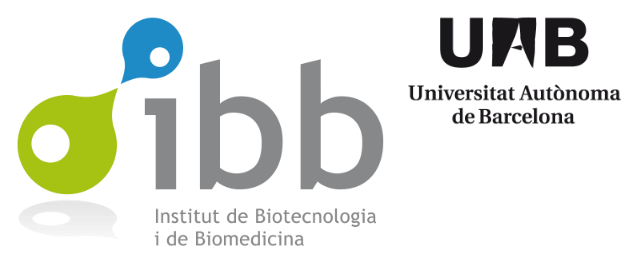https://doi.org/10.1021/acssuschemeng.2c06635
Hèctor López-Laguna, Ariana Rueda, Carlos Martínez-Torró, Lucía Sánchez-Alba, José Vicente Carratalá, Jan Atienza-Garriga, Eloi Parladé, Julieta M. Sánchez, Naroa Serna, Eric Voltà-Durán, Neus Ferrer-Miralles, David Reverter, Ramon Mangues, Antonio Villaverde*, Esther Vázquez*, and Ugutz Unzueta*
Abstract

Nanoscale protein materials show increasing applications in biotechnology and biomedicine, addressing catalysis, drug delivery, or tissue engineering. Although protein oligomerization is reachable through several engineering approaches, including the use of divalent cations for histidine-rich stretches, the effectiveness of cation-His binding is influenced by protein conformation, media composition, and chelating agents. Thus, looking for powerful, green, cross-linker-free, and transversal oligomerization platforms, we have built a histidine-templated cysteine-coupling concept. On this basis, we have engineered a Cys-containing, H6-derived His–Cys hybrid tag that enables the spontaneous and efficient self-assembling of tagged proteins into monodisperse nanoparticles through a highly ordered covalent binding process. Although the generated nanostructures are supported by disulfide bridge formation and exclusively reversed by reducing agents but not by chelating agents, the presence of cysteine residues does not disrupt the metal-binding abilities of histidine residues within the tag. This fact allows one to combine the one-step IMAC-based protein purification and, also, the Zn2+-induced formation of higher-order microparticulate materials as nanoparticle-releasing protein-only depots. The dual mode of cross-molecular interactivity shown by the hybrid tag and the structural robustness and stability of the resulting nanoparticles offer wide applicability of the green biofabrication concept proposed here for the further development of clinically usable protein materials.
